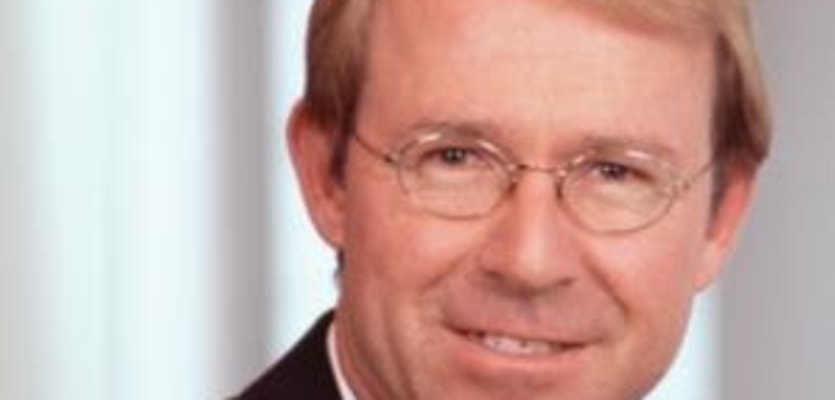This year, housing indicators have picked up substantially, suggesting the rate cuts we have seen over the past couple of years have worked, which will be good news for rebalancing the economy, good for employment and will ultimately provide some relief in terms of housing affordability.
The pick-up in the housing sector is playing a critical role in helping to rebalance the Australian economy. However, while the house price recovery does not appear to have entered bubble territory yet, the risks are rising.
The housing sector has responded just as it should to lower rates, with improved affordability leading to increased homebuyer demand. Increased demand saw house prices rise, signalling to home builders to build new homes, boosting wealth and ultimately retail sales.
So far this year the homebuyer market has started strongly, with auction clearances high and house prices surging from an already high level.
Bubble trouble, or a lot of hot air?
Asset price bubbles normally see overvaluation, excessive credit growth and self-perpetuating exuberance. On these fronts the current readings for housing are mixed.
Australian housing is overvalued. While real house price weakness through 2010 to 2012 saw this diminish, the problem has returned again with a vengeance.
Real house prices are 13 per cent above their long-term trend and the ratio of house prices to income in Australia is 21 per cent above its long-term average, leaving it towards the higher end of OECD countries. Also, on the basis of the ratio of house prices to rents, adjusted for inflation relative to its long-term average, Australian housing is 27 per cent overvalued.
Australian house prices meet the overvaluation criteria for a bubble; other criteria are less clear.
Credit growth is a long way from bubble territory; over the year to February, housing related credit grew 5.8 per cent. This is up from recent lows, with 7.6 per cent growth in credit for investors leading the charge but pretty tame compared to 2003/2004 when housing-related credit growth was running at 20 per cent plus and 30 per cent for investors. Related to this, we have yet to see much deterioration in bank lending standards.
Similarly, the self-perpetuating exuberance that accompanies bubbles seems mostly absent at present:
• House price strength is not broad-based. Prices in Sydney (plus 15.6 per cent year-on-year) and Melbourne (plus 11.6 per cent year-on-year) are very strong, yet in every other capital city they are up five per cent or less
• There has been only one year of strong gains, whereas the surge into 2003 ran for seven years
• Australians don’t seem to be using their houses as ATMs at present (that is where mortgages are drawn down to fund consumer purchases and holidays)
• We have yet to see property spruikers out in a big way
For these reasons, I don’t think it’s a bubble yet. However, the acceleration in price gains means the risks are rising.
Pointing the finger
Whenever house prices take off and affordability deteriorates, there is a tendency to look for scapegoats. Fingers have been pointed at foreign buyers (from China), SMSFs and, as always, negative gearing. However, none explain the relative strength in Australian house prices.
• Foreign and SMSF buying is no doubt playing a role in some areas but looks to be relatively small overall. Chinese interest in Sydney seems to be concentrated away from first home buyer suburbs
• Such simplistic explanations ignore the fact that when interest rates go down, Australians borrow to buy houses and prices go up
• Negative gearing has been around for a long time
The fundamental problem is a lack of supply. Vacancy rates remain low and there has been a cumulative construction shortfall since 2001 of more than 200,000 dwellings. The reality is that until we make it easier for builders and developers to bring dwellings to market – and hopefully decentralise our population in the longer term – the issue of poor affordability will remain.
Risky business?
The risks to financial stability flowing from the surge in house prices are more than balanced by sub-trend economic growth, falling mining investment and risks to Chinese economic growth, and as such it remains appropriate for the Reserve Bank to keep interest rates on hold.
Against this backdrop we expect further gains in house prices but at a slowing rate over the remainder of the year, particularly once interest rates start to rise again.
Longer term, the overvaluation of Australian housing will likely see real house prices stuck in a 10 per cent range around the broadly flat trend that has been evident since 2010, which is consistent with the 10-20 year pattern of alternating long-term bull and bear phases seen in real Australian house prices since the 1920s.









You are not authorised to post comments.
Comments will undergo moderation before they get published.